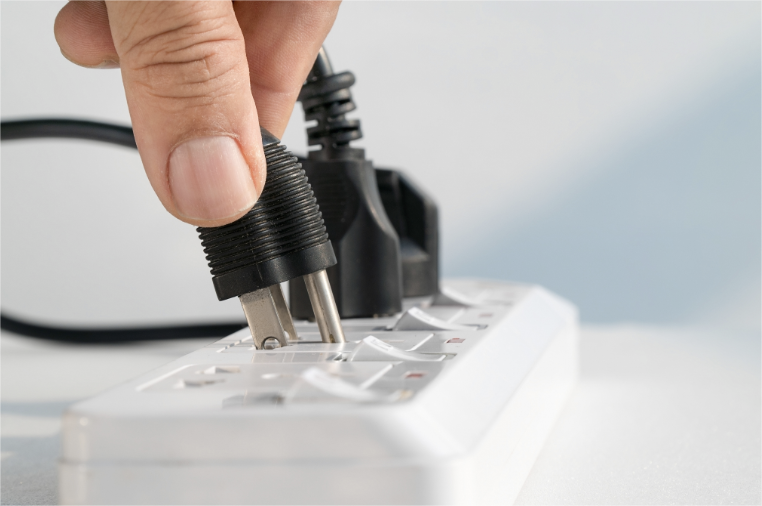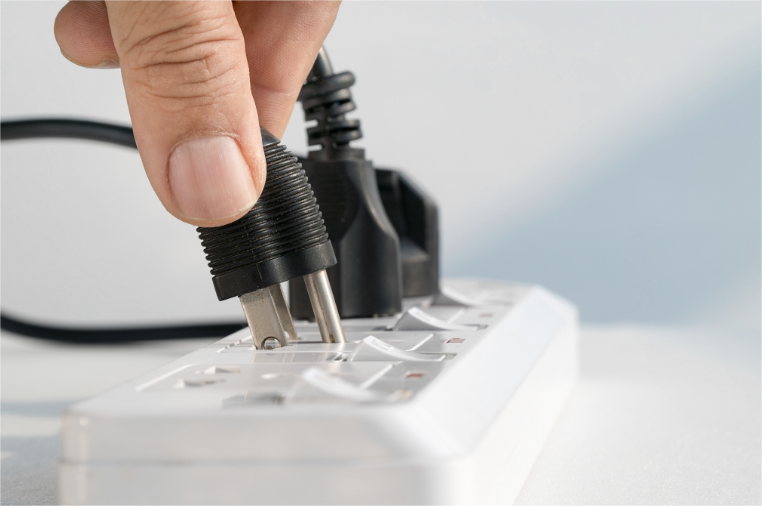
Feeling unsure about how safe power strips really are? You’re not alone. Let’s explore the do’s and don’ts of power strip usage so we can protect our homes and electronics without hassle.
Power strips are usually safe for everyday devices, but they can become hazardous if overloaded or used improperly. By recognizing their limits and basic safety rules, you’ll avoid electrical risks and keep your workspace neatly powered.
Let’s transition into the key questions.
What is a risk of using a power strip?
A power strip allows multiple devices to share one outlet, but pushing it too far can be dangerous.
When you exceed its rated capacity or ignore obvious damage, you risk overheating, short circuits, and even electrical fires. Always check the strip’s load rating and avoid plugging in high-wattage appliances like space heaters, as this could quickly lead to problems.
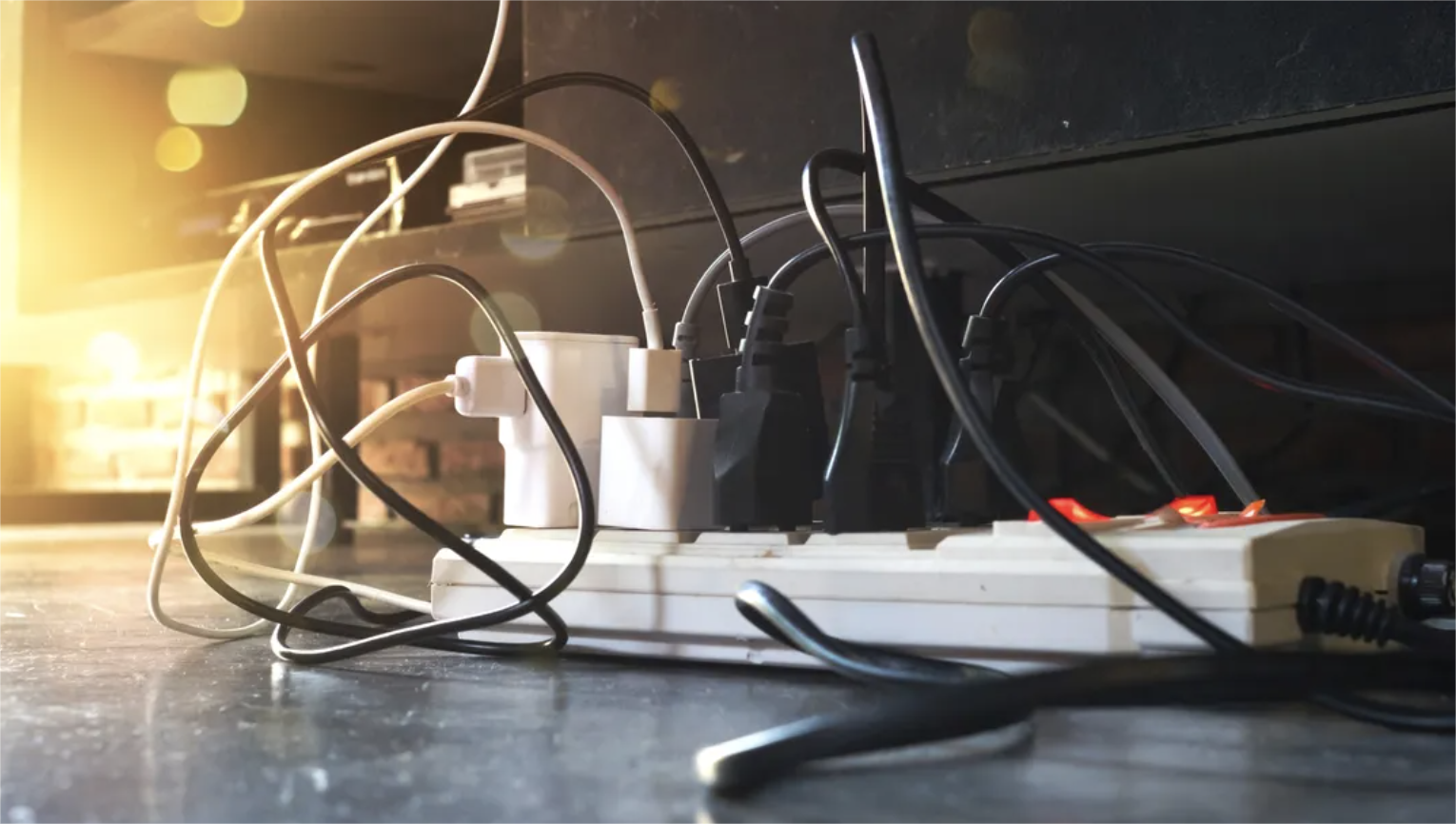
It’s easy to get carried away when you have six or more outlets available, but not all devices are power-strip-friendly1. Hair dryers, heaters, and other appliances that generate heat or consume high wattage can strain the wiring. The plastic casing on some power strips might not withstand the sustained load. Over time, this could cause the internal components to melt or short out.
Hidden defects can also pose a risk. If the power strip’s protective features (like a built-in circuit breaker2) have worn out from repeated power surges, you’re left with a simple extension of the wall outlet—no protection whatsoever. This is particularly concerning in regions prone to lightning storms or fluctuating electrical grids.
Physical damage is another concern. Power strips on the floor get stepped on or kicked, weakening the internal connectors. Or, cables can become frayed if you yank them from behind furniture. Once the insulation is compromised, sparks can ignite flammable materials like rugs or curtains nearby.
Finally, using older, low-quality, or uncertified strips amplifies your risk. Reputable brands often comply with CE or ICE standards, indicating they’ve undergone safety testing. By pairing a quality power strip with sensible usage—like keeping each strip under its rated load—you’ll reduce the possibility of dangerous malfunctions and enjoy a safer setup overall.
Do power strips get hot?
Power strips can warm up a bit as they handle electricity, but excessive heat is a red flag.
Minor warmth under normal usage is okay, but if your power strip feels significantly hot or emits a burning smell, it’s time to cut power and redistribute your devices. This is often a sign of overloading or internal damage, which can lead to bigger electrical problems.

A slight temperature rise is typical because electricity passing through wires creates resistance—and resistance creates heat. If your power strip is near its maximum rated load3, it may run warmer than a lightly used strip. The key is monitoring for sudden changes. If it’s uncomfortably hot to the touch, then you’ve likely exceeded safe operating conditions.
Common culprits include high-wattage devices4—like microwave ovens, space heaters, or powerful sound systems. These devices can push a power strip to its threshold, especially if several of them run at once. Cheap or older strips with thinner wiring are even more vulnerable to overheating, because their conductors can’t handle heavier currents.
Placement matters too. When power strips are crammed behind cabinets or covered by rugs, heat has nowhere to dissipate. Good airflow around the strip is crucial—just like giving breathing room to a laptop. If you suspect the heat is excessive, switch off the strip and unplug some items. Let it cool down before you check for any visible signs of damage.
Finally, a power strip that often gets too hot could be warning you of deeper issues—like worn-out circuit breakers or subpar construction. In these cases, don’t risk it. Replacing the strip with a higher-quality unit is always safer, especially if it meets relevant certifications for your region.
Is a power strip safer than an extension cord?
Using either can be fine if you respect their limits, but power strips often add extra safety features.
Power strips usually have built-in circuit breakers or on/off switches, while basic extension cords are just a length of wire. That switch or breaker can cut power if something goes wrong, making a good power strip a safer choice for routine use.
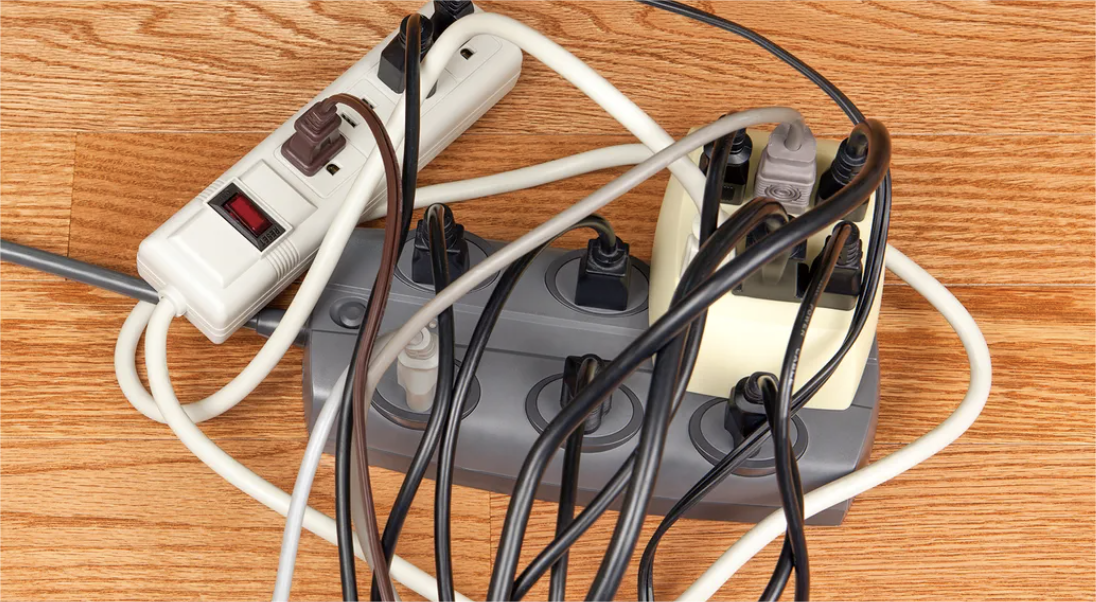
Extension cords are designed for one main purpose: length. They help reach an outlet from a distance, but typically lack added safety perks. On the other hand, a power strip offers multiple outlets in one place, and may incorporate circuit breakers to shut down the strip if an overload occurs.
In everyday scenarios—like setting up a computer station or a small entertainment center—power strips are more convenient. Each device gets its own socket, reducing the temptation to daisy-chain cords. Extension cords are generally better for temporary use (like operating a power tool in the yard), and they’re not always meant for permanent setups.
That said, both can pose hazards if misused. Overloading an extension cord—especially a lightweight one—carries similar risks of overheating and melting. Cheap power strips can also fall short if they lack proper components or if they don’t meet recognized safety standards like CE or ICE.
Some power strip5s double as surge protectors6. They’re more costly, but can shield your devices against voltage spikes. That’s a big plus if you’re connecting pricey electronics. If your extension cord or standard power strip fails, your equipment is left at the mercy of electrical surges. In short, for day-to-day tasks at home or the office, a power strip generally offers a level of built-in safety and convenience that a basic extension cord can’t match.
Is it safe to put a power strip in a drawer?
Tucking cables out of sight seems neat, but it can pose problems if the power strip overheats or can’t ventilate.
Enclosing a power strip in a drawer traps heat, restricts airflow, and increases the odds of overheating. It also makes it harder to notice damage or smell burning if something goes wrong. It’s safer to keep power strips in the open or at least well-ventilated areas.
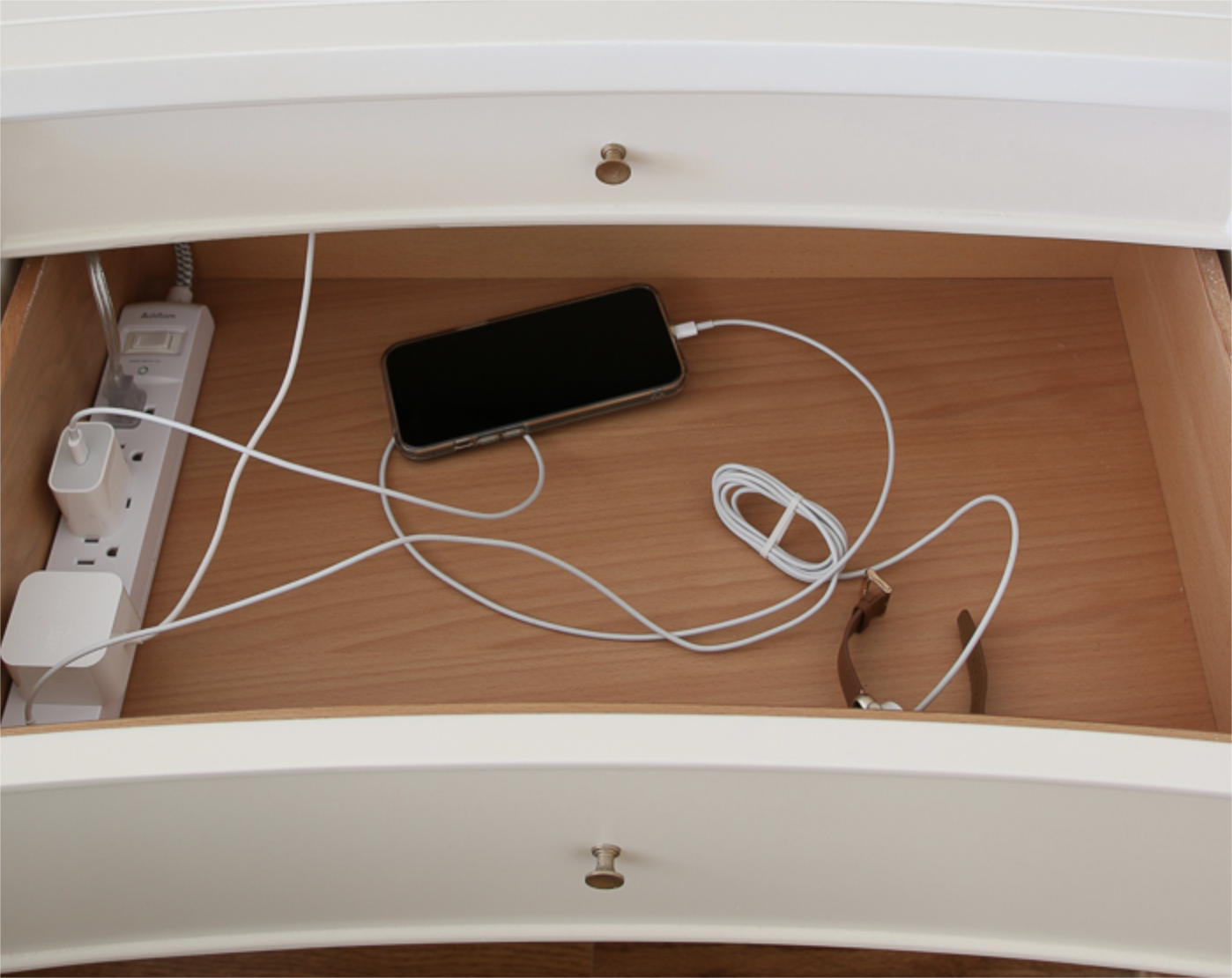
While it may be tempting to hide your power strip in a desk drawer or cabinet to achieve a cleaner look, doing so can create hidden fire hazards7. Power strips generate heat when they handle the electrical current from multiple devices—especially if some of those devices draw a high wattage. Without airflow, the temperature rises quickly, stressing internal wiring and circuit breakers.
Access is another issue. If the power strip is buried in a drawer, you might not see sparks or smoke, should a malfunction occur. By the time you notice a burning smell, the damage could already be significant. Additionally, opening and closing the drawer could jostle the cords, wearing them down or loosening connections over time.
Practically speaking, a drawer is also inconvenient for occasional plugging and unplugging. Constantly rummaging around or tangling cables in the drawer can lead to wear on the cords or accidental unplugging. From a purely functional perspective, a power strip is easier to manage when placed in a spot where you can see and reach each outlet.
If discreet aesthetics are crucial, consider cable management solutions8 that mount the power strip on the underside of a desk or behind a small panel, ensuring both ventilation and quick visibility for any potential problems. Safety should always take priority over visual minimalism.
Conclusion
Power strips are safe if used wisely. Stick to moderate-wattage devices, avoid enclosing them in tight spaces, and don’t exceed the strip’s rating. When in doubt, upgrade to a surge-protected power strip for an added layer of defense.
-
Understanding which devices are not suitable for power strips can prevent electrical hazards and ensure safety in your home or office. ↩
-
Learning about the function of built-in circuit breakers can help you choose safer power strips and understand their protective features. ↩
-
Understanding the maximum rated load helps prevent overheating and ensures safe operation of your power strip. ↩
-
Identifying high-wattage devices that can overload a power strip is crucial for preventing potential fire hazards. ↩
-
Exploring this link will provide insights into the safety and convenience advantages of power strips, helping you make informed decisions for your electrical setup. ↩
-
This link will explain the critical role of surge protectors in safeguarding your electronics from voltage spikes, ensuring their longevity. ↩
-
Understanding the risks can help prevent potential fires and ensure the safety of your home or office. ↩
-
Exploring effective cable management can enhance safety and aesthetics without compromising functionality. ↩

